
Crysis 2 Remastered: A Revitalized Classic
The early 2000s saw console gamers often boasting about the graphical superiority of their platforms compared to PCs. Even with the arrival of the PlayStation 3 and Xbox 360 in 2005 and 2006, these consoles were considered the next-gen standard, seemingly eclipsing the PC gaming world with their impressive power and visually stunning titles. Games like Call of Duty 4: Modern Warfare and Uncharted: Drake’s Fortune solidified this perception.
However, the landscape shifted dramatically in 2007 with the PC-exclusive release of Crytek’s Crysis. This groundbreaking title became a notorious “hardware killer,” pushing even the most high-end gaming PCs to their limits. Consoles simply couldn’t compete. Crysis was visually breathtaking, packed with cutting-edge technology, and capable of humbling any PC system for years to come. Yet, despite its widespread acclaim, Crysis fell short commercially, primarily because few could afford the hardware necessary to run it smoothly.
Learning from this experience, Crytek released Crysis 2 in 2011 and Crysis 3 two years later, targeting a broader audience by launching on PC, PlayStation 3, and Xbox 360. While praised for their content, these sequels arguably lost the essence of the original, disappointing long-time fans and failing to ignite the same passion in newcomers. The series ultimately underperformed, contributing to Crytek’s near-bankruptcy in 2014.
Fast forward to the present, and the trend of remastering, remaking, and rebooting classic games has provided a new opportunity for Crysis. Crytek has revived the Crysis Trilogy with their own remastering technology. Following the release of Crysis Remastered, this review delves into the second installment, Crysis 2 Remastered. Does it live up to expectations? Let’s find out.
A Stunning Visual Upgrade
When it launched in 2011, Crysis 2 represented a surprising graphical downgrade compared to the original. Learning from the commercial failure of Crysis and its expansion, Crysis Warhead, Crytek made the unusual but logical decision to “downgrade” their CryEngine from DirectX 10 to the somewhat outdated DirectX 9.0c. This allowed the sequel to run on consoles like the PlayStation 3 and Xbox 360.
 Crysis 2 Remastered – Nanosuit in action
Crysis 2 Remastered – Nanosuit in action
The developers also shifted the environment from the lush tropical island of the first game to the urban landscape of New York City. This meant narrower, more linear levels with fewer objects to render, requiring fewer polygons and enabling performance on the less powerful consoles.
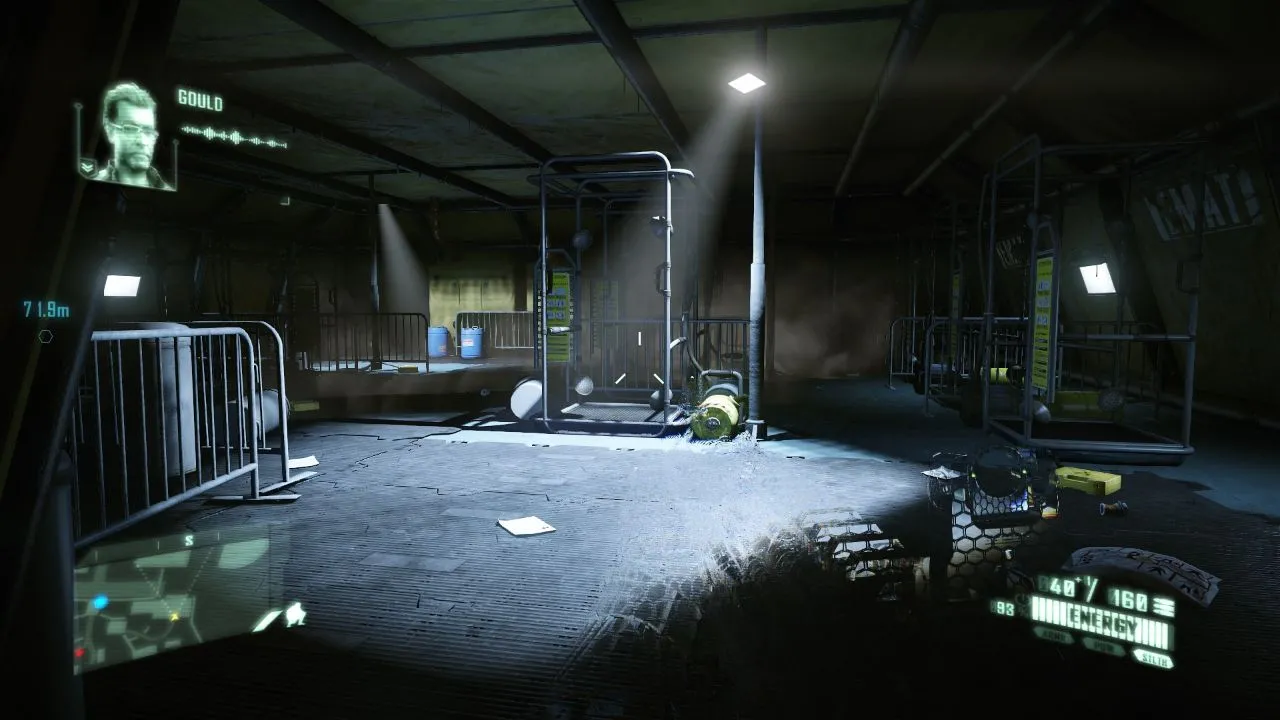 Crysis 2 Remastered – Urban environment
Crysis 2 Remastered – Urban environment
Consequently, Crysis 2 launched with a relatively underwhelming visual presentation. Gone were the vast tropical forests and the impressive time-of-day transitions with advanced shadowing and lighting effects. This “loss of character” was especially disappointing for PC gamers with high-end systems who were anticipating a true graphical showcase.
Crysis 2 Remastered, however, offers a dramatic visual overhaul. Unlike the first Crysis Remastered, which was based on the console version, the second installment utilizes an upgraded DirectX 11 PC version with high-resolution texture DLC as its foundation.
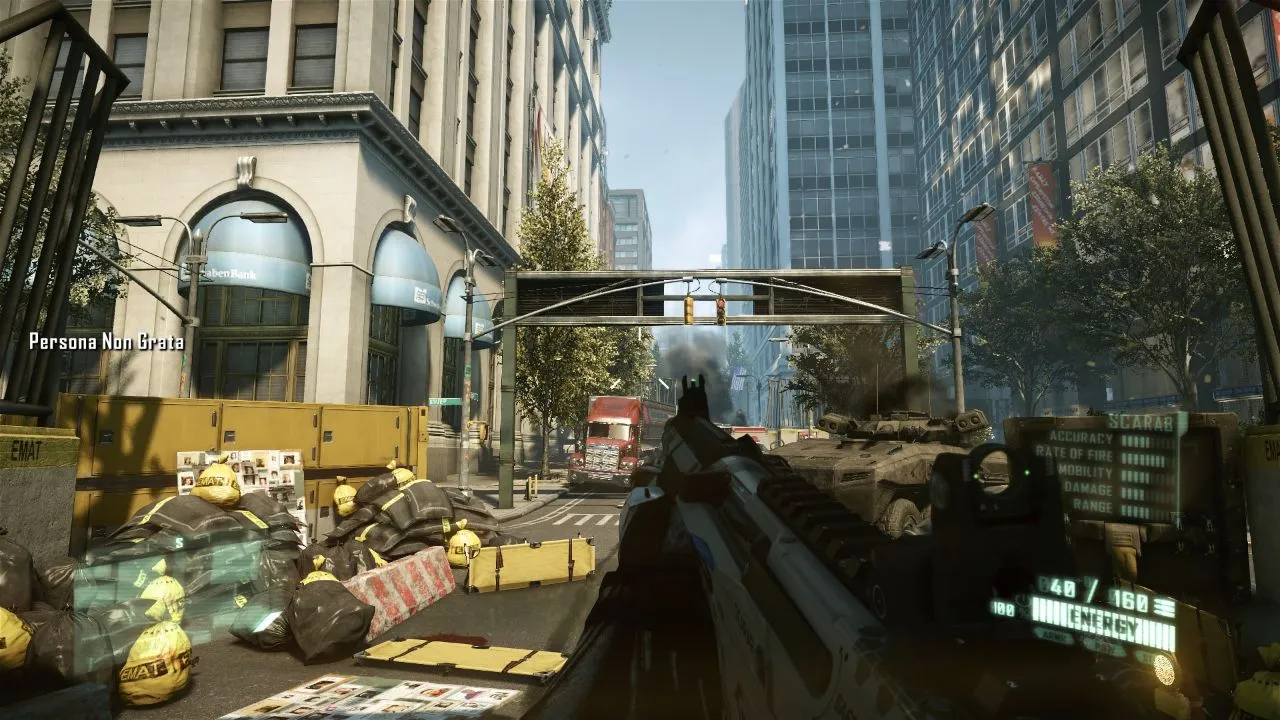 Crysis 2 Remastered – Enhanced lighting
Crysis 2 Remastered – Enhanced lighting
This DLC already brought the original game closer to modern graphical standards. The remastering process builds on this, focusing on three key areas:
First, similar to Crysis Remastered, the developers updated CryEngine to its latest version, including the 2013 experimental update featuring Sparse Voxel Octree Global Illumination (SVOGI). This ambitious technique attempted to simulate ray tracing effects in software, years before hardware-accelerated ray tracing became mainstream.
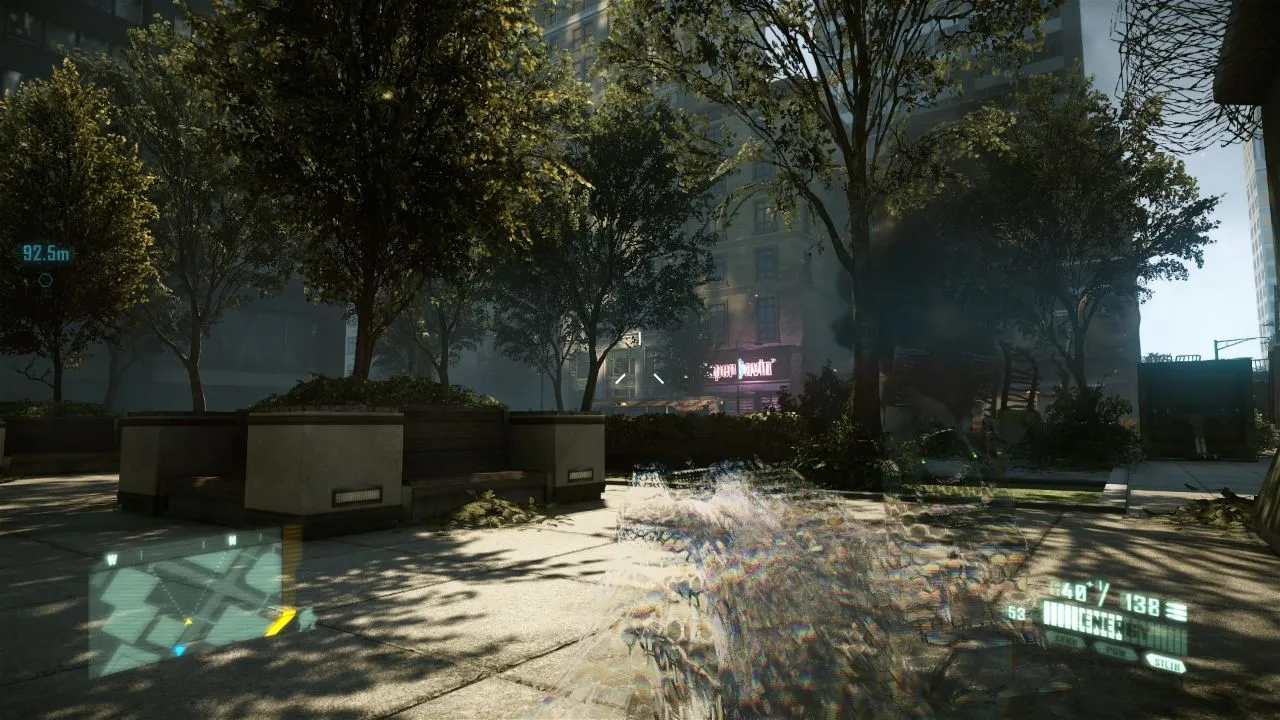 Crysis 2 Remastered – Ray tracing effects
Crysis 2 Remastered – Ray tracing effects
Second, the textures have been upgraded to 8K resolution, catering to today’s most powerful systems. However, this enhancement doesn’t feel as impactful as in Crysis Remastered, possibly because it’s simply an upscaled version of the original high-resolution texture DLC, which was met with mixed reception upon its initial release. Community-made texture mods, like the popular MALDO 4.0, often provided superior results, even incorporating DirectX 11 tessellation for more detailed surfaces, a feature absent in both the original and the remaster.
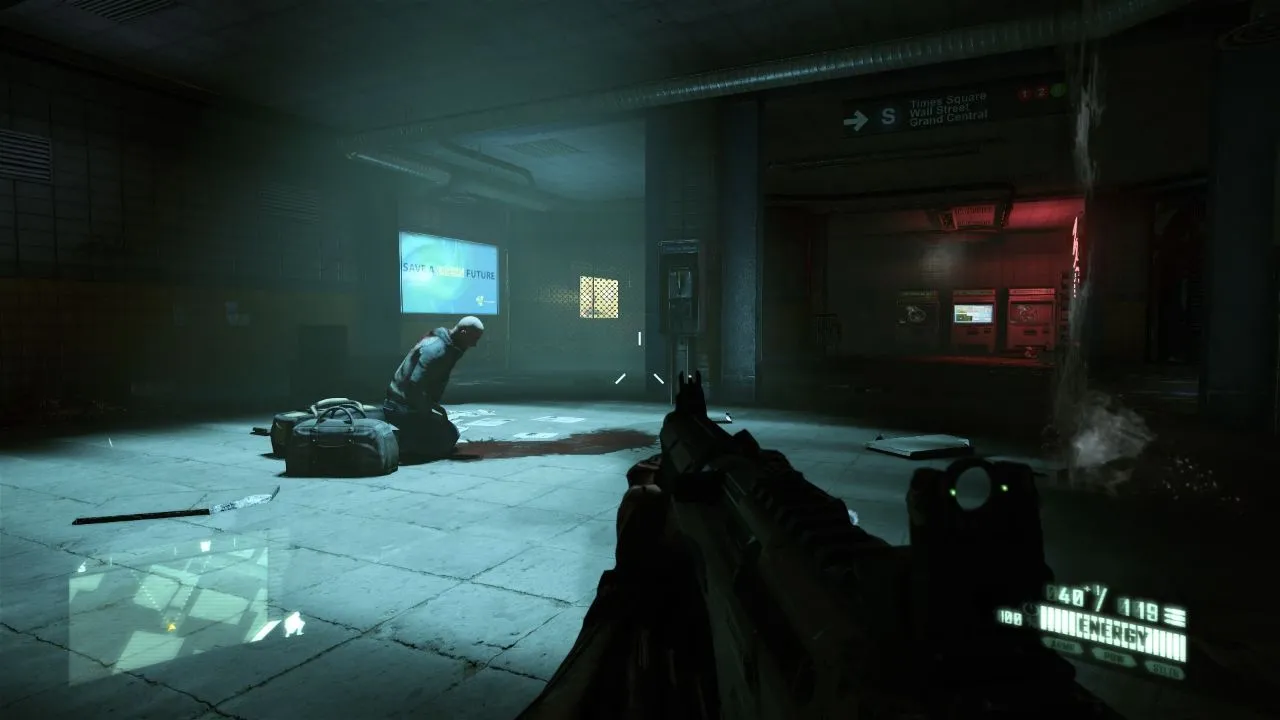 Crysis 2 Remastered – Detailed textures
Crysis 2 Remastered – Detailed textures
Nevertheless, the enhanced lighting and shadowing help to mask some of these texture shortcomings. One welcome improvement is the removal of the 30fps lock on weapon rendering, addressing a minor annoyance from the original.
Finally, Crytek added ray-traced reflections to various surfaces throughout the game, going beyond the typical implementation limited to water and glass. This, combined with SVOGI, creates a more realistic and impressive visual experience compared to the original.
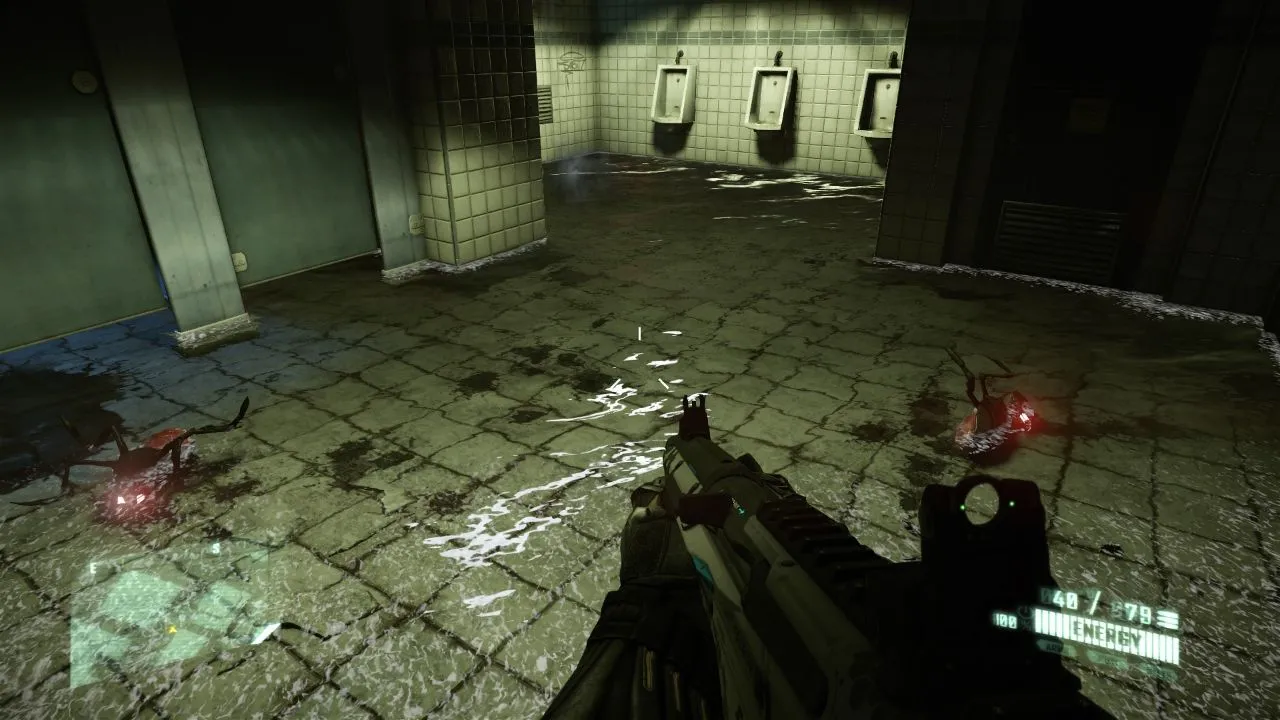 Crysis 2 Remastered – Weapon detail
Crysis 2 Remastered – Weapon detail
Of course, these enhancements come at a cost. You’ll need a powerful graphics card to run the game at its highest settings and resolutions. This is classic Crysis, pushing technological boundaries even in a remaster of a decade-old game.
Fortunately, the original Crysis 2 supported multi-core processors, mitigating potential CPU bottlenecks that plagued Crysis Remastered. This ensures smoother performance on high-end systems.
Beyond the visuals, other aspects remain faithful to the original, including the impressive AI. In contrast to more complex AI systems that can sometimes lead to erratic NPC behavior, Crysis 2 Remastered‘s AI remains crisp and responsive, adapting to both aggressive and stealthy playstyles. Enemies react quickly to sounds and suspicious activity, making every encounter a challenge.
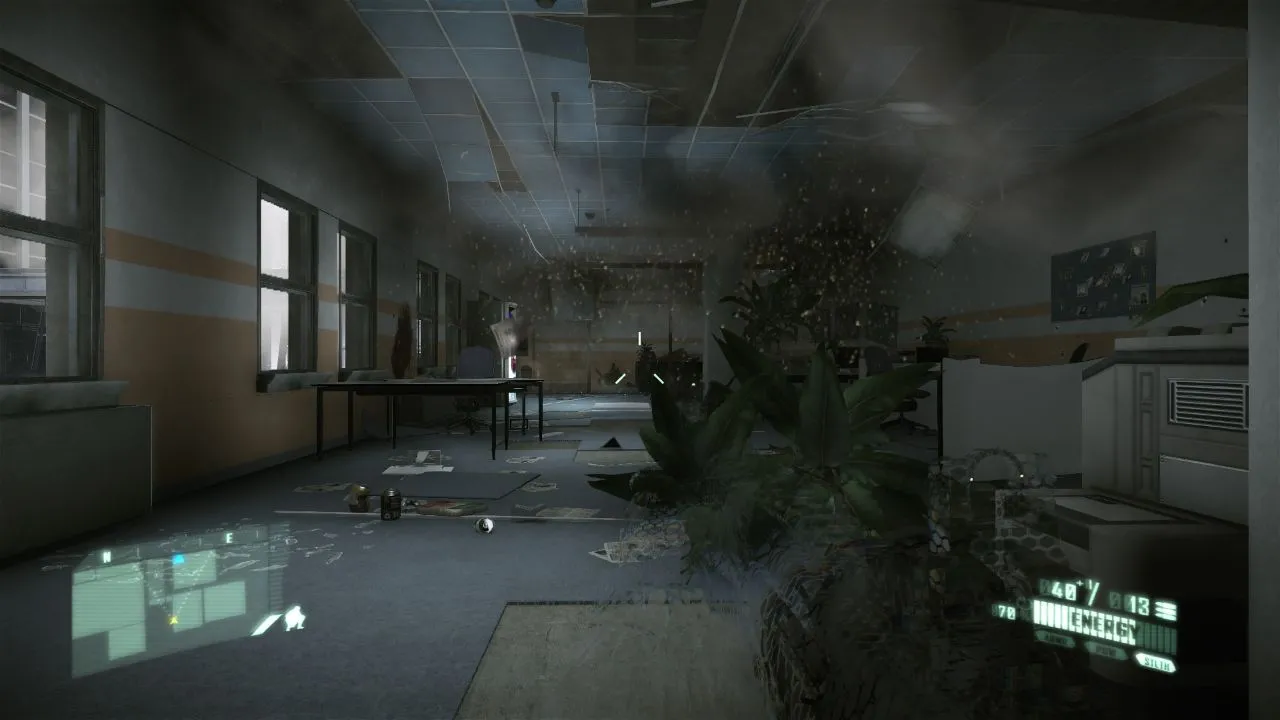 Crysis 2 Remastered – Enemy encounter
Crysis 2 Remastered – Enemy encounter
The game’s soundtrack, composed by the renowned Hans Zimmer, further enhances the experience, adding a layer of excitement to the action-packed sequences.
Lingering Issues
As a remaster, Crysis 2 Remastered inherits some of the original’s shortcomings. The most significant is the shift away from the open-world sandbox gameplay of the original to a more linear, confined experience reminiscent of console shooters. To accommodate the consoles, the physics engine was also simplified, leading to jarring inconsistencies like the powerful Nanosuit-clad protagonist being unable to break through certain doors and walls. This simplification also impacts explosions, which lack the environmental interaction and sheer spectacle of the original.
This “loss of character” might disappoint dedicated fans, but it doesn’t entirely detract from the overall experience. The darker, more horror-infused atmosphere might not appeal to everyone either.
Conclusion
Despite its inherited flaws, Crysis 2 Remastered surpasses the first remaster in several ways. The graphical enhancements address the original’s biggest weakness, bringing it closer to modern standards and showcasing its strengths. While it might not recapture the magic of the original Crysis, it offers a visually stunning and engaging experience, proving that even a decade-old game can be revitalized for a modern audience.




Comments (0)